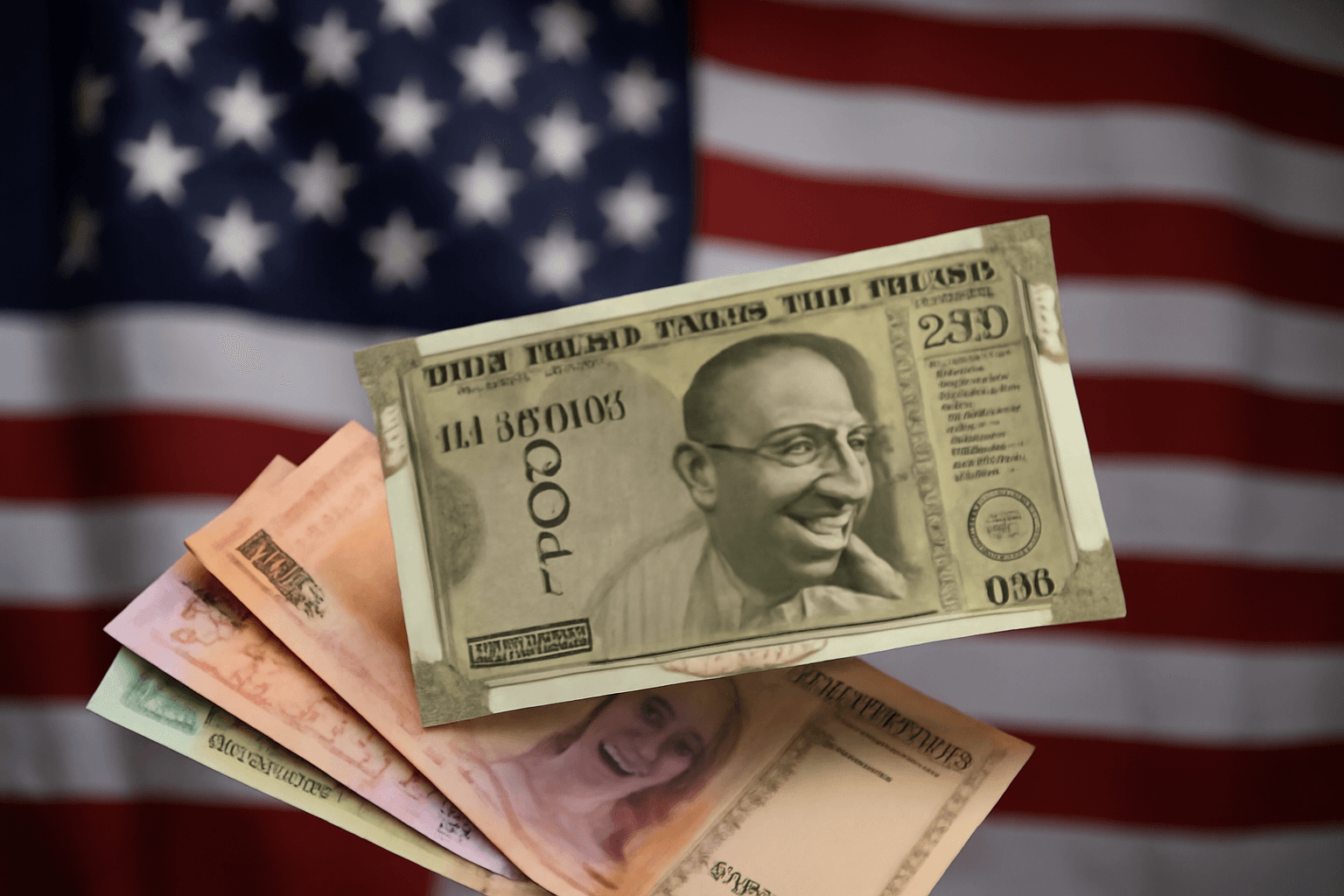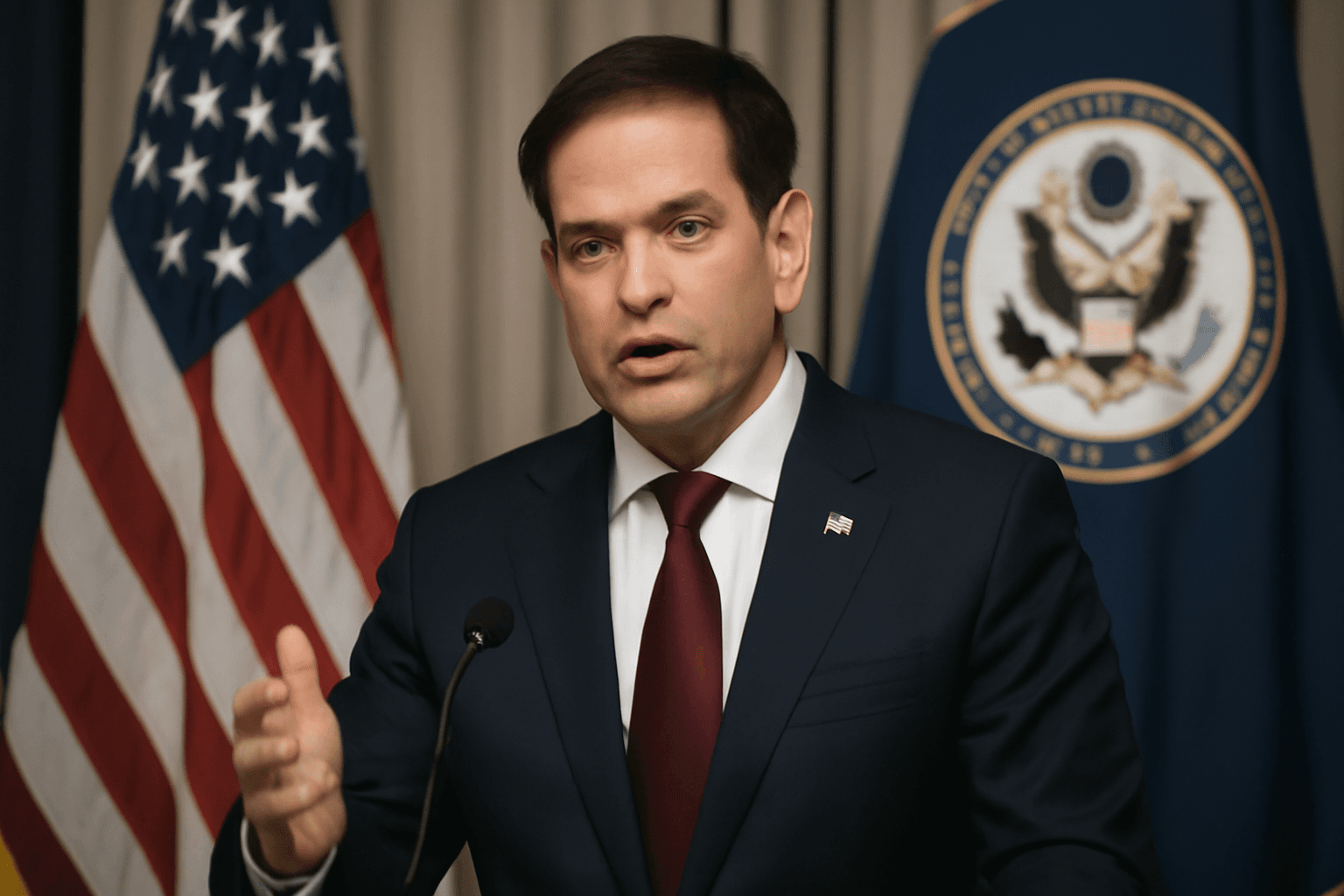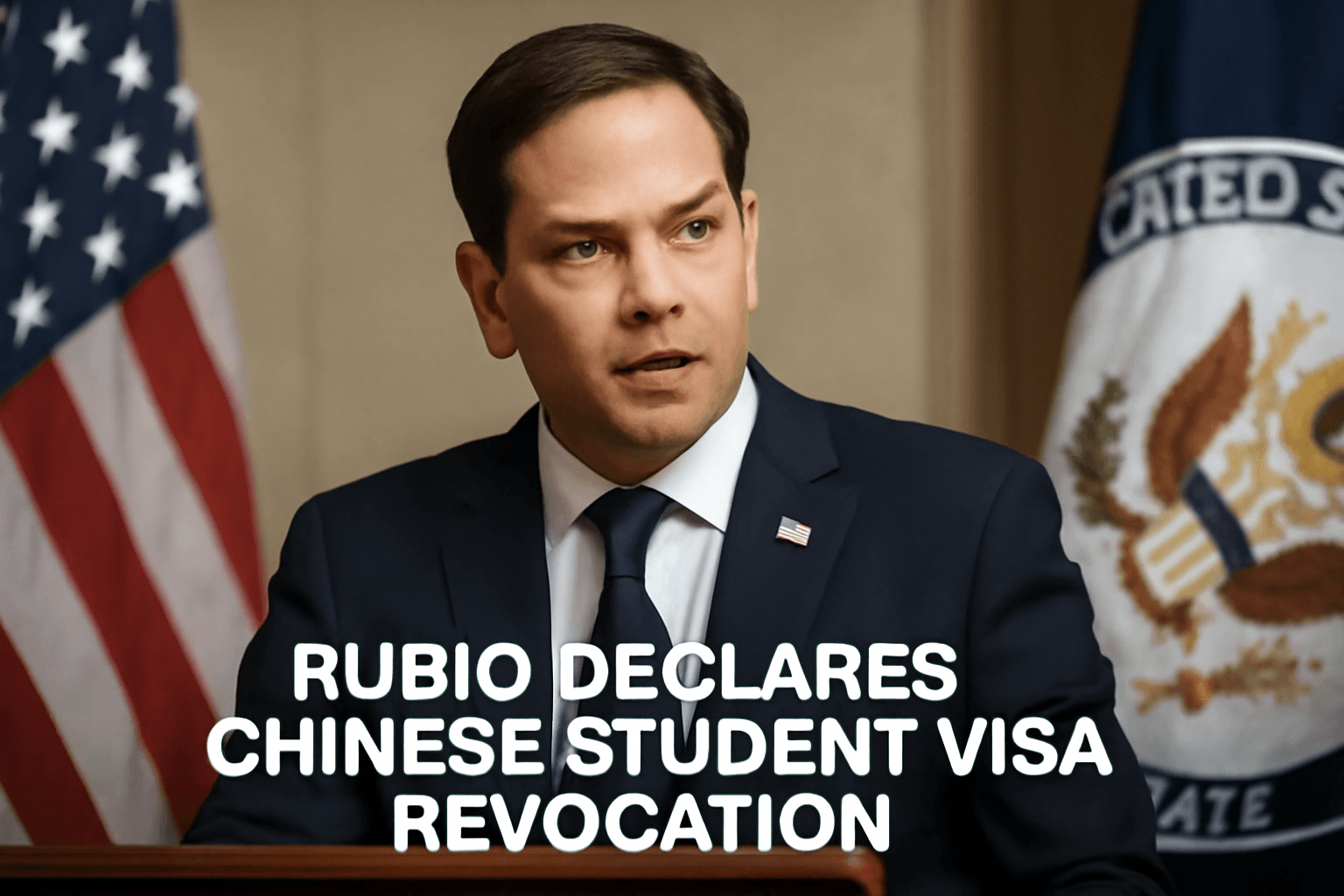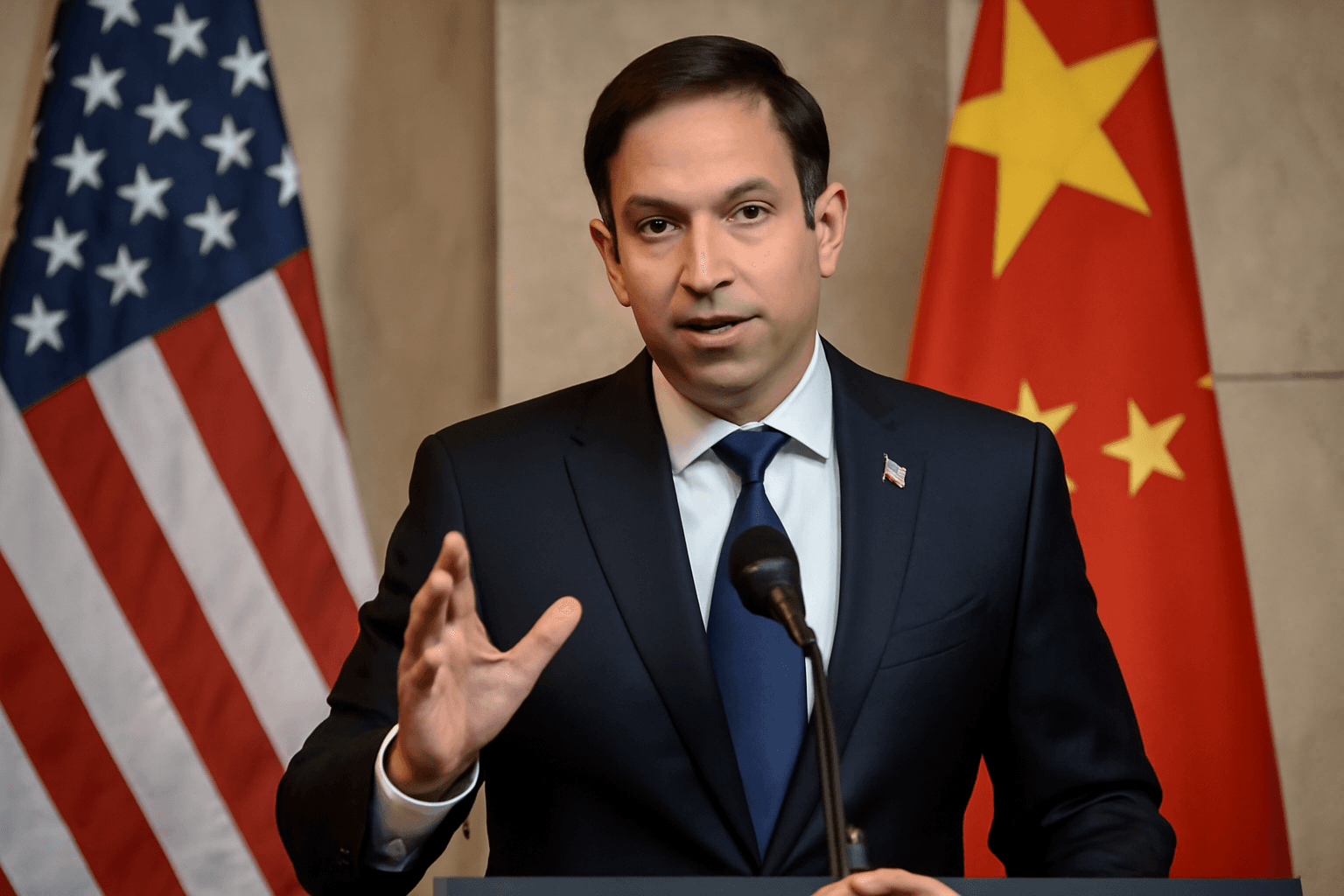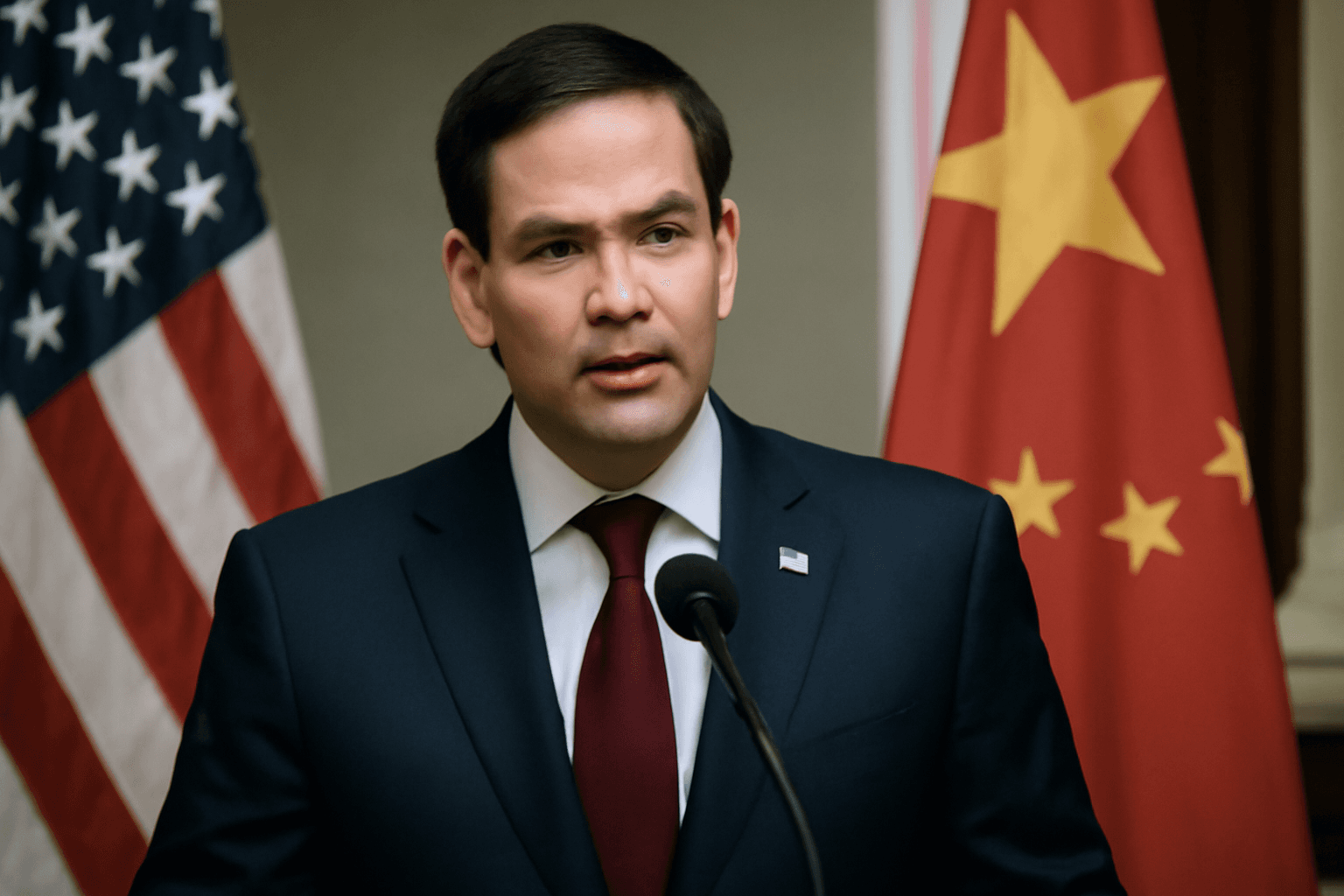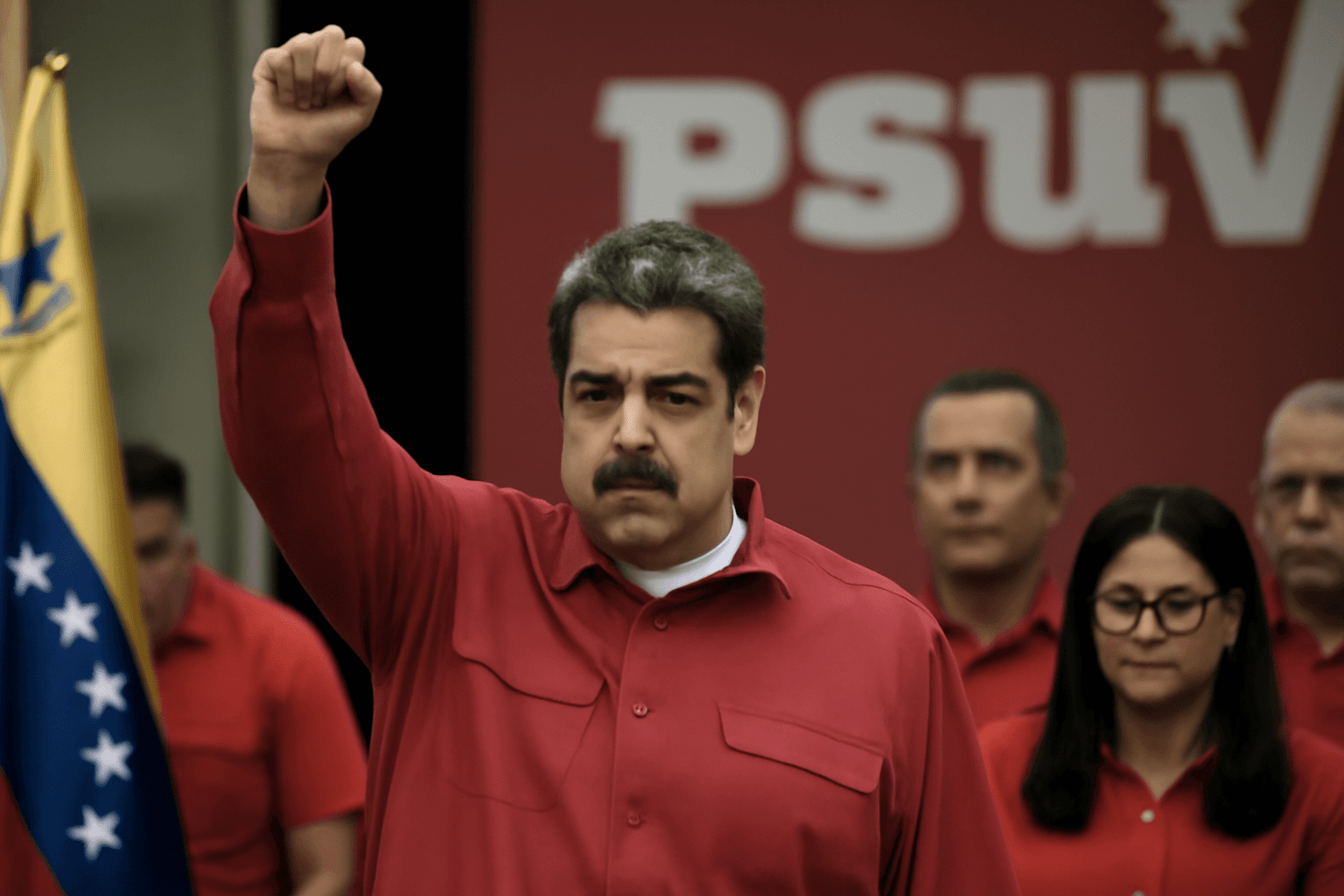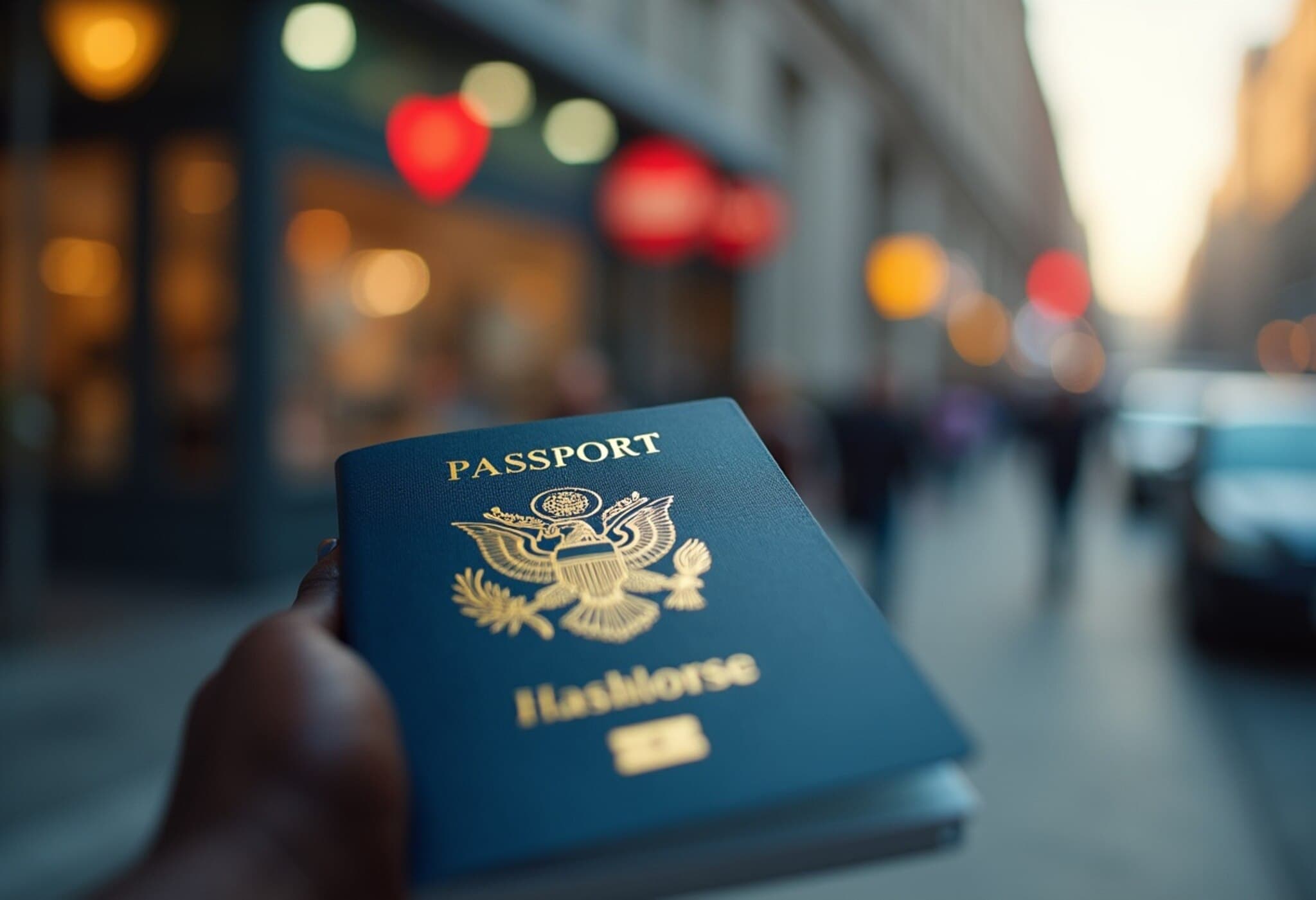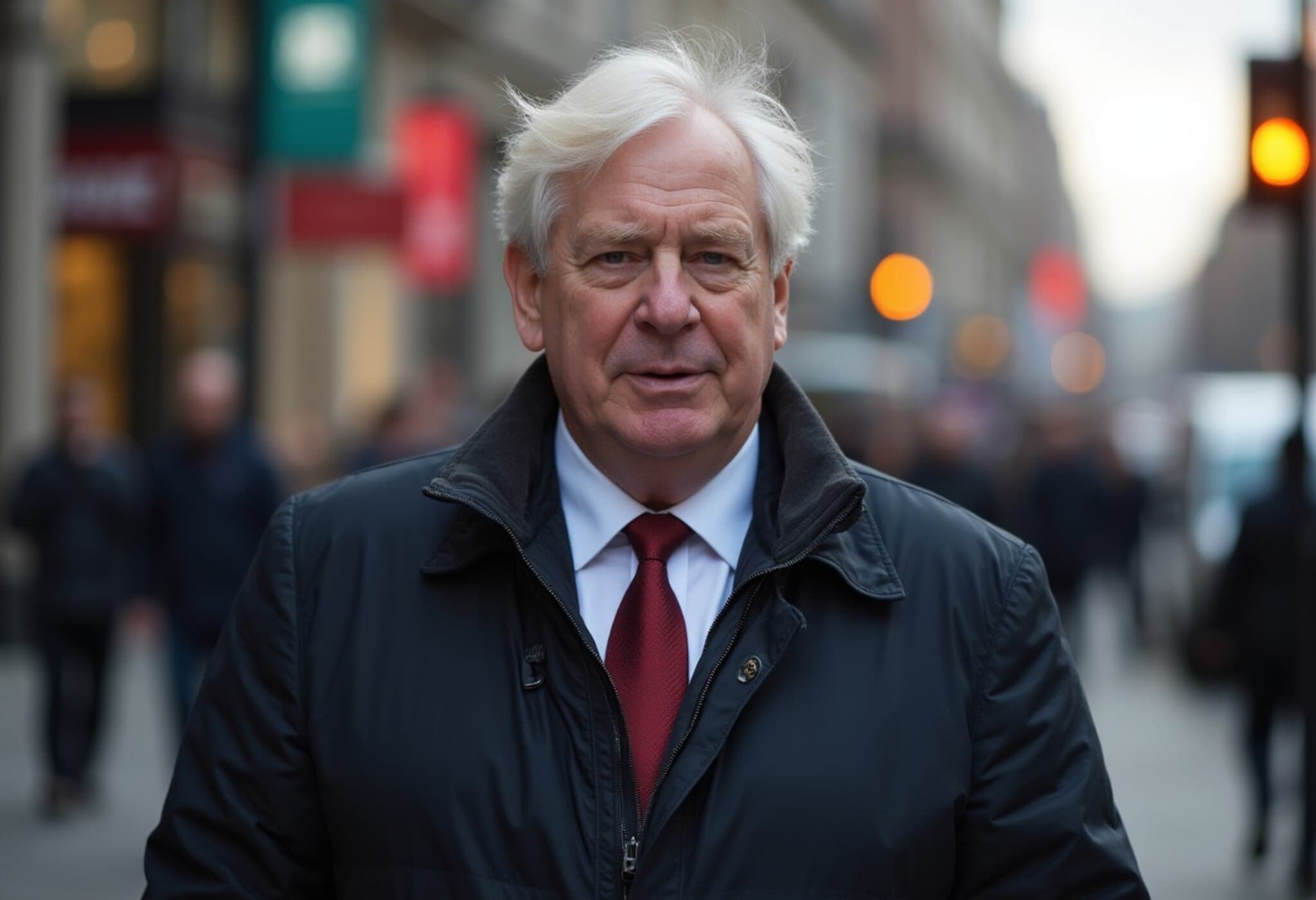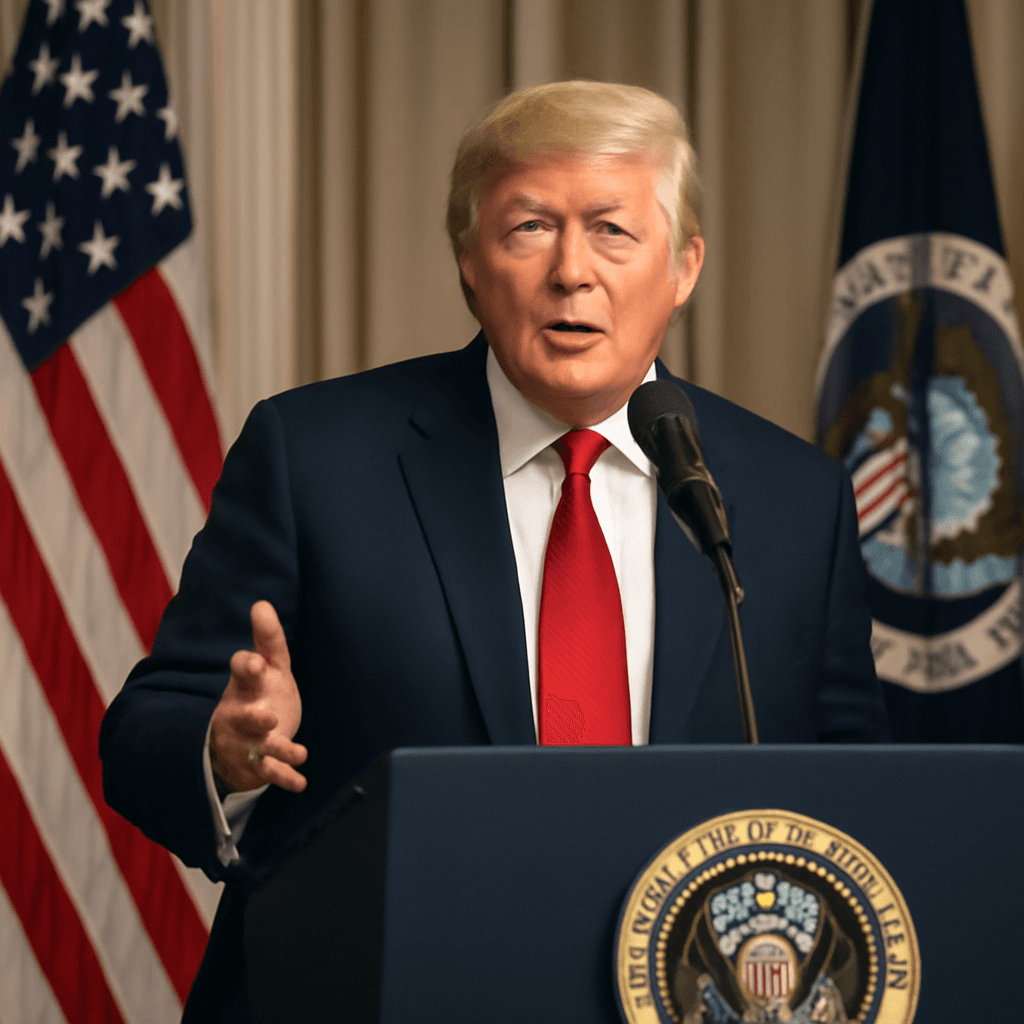Understanding the New $250 US Visa Integrity Fee and Its Implications for Indian Travelers
Starting in 2026, Indians applying for non-immigrant US visas will encounter a significant new cost addition. The United States Department of Homeland Security (DHS) has announced a $250 Visa Integrity Fee as a cornerstone of President Donald Trump’s extensive immigration reform, embedded within the One Big Beautiful Bill (OBBB) signed into law on July 4, 2025.
What Exactly is the Visa Integrity Fee?
The Visa Integrity Fee is a new surcharge imposed alongside existing visa application fees. Charged at the time of visa issuance, this fee functions as a security deposit intended to promote adherence to US immigration rules—encouraging visitors to leave on time or adjust their status lawfully. Importantly, the fee is indexed to inflation, meaning it is adjusted annually according to the Consumer Price Index (CPI), potentially increasing over time.
This charge applies broadly across non-immigrant visa categories, including:
- Tourist and business visas (B-1/B-2)
- Student visas (F and M categories)
- Work visas such as H-1B
- Exchange visitor visas (J category)
Only diplomatic visa categories (A and G) are exempt from this fee.
Additional Related Travel Fees Introduced
The OBBB has also ushered in several other mandatory fees for travelers:
- $24 I-94 fee applicable to all non-immigrant visa holders
- $13 ESTA fee for travelers under the Visa Waiver Program
- $30 EVUS fee targeting Chinese nationals holding 10-year B-1/B-2 visas
None of these fees can be waived, regardless of the applicant’s income level or nationality.
Financial Impact on Indian Visa Applicants
Currently, Indian citizens applying for a US tourist/business visa (B-1/B-2) pay approximately $185 (around ₹15,855). With the rollout of the new Visa Integrity Fee along with the additional charges, the total cost could balloon to nearly $472 (₹40,456), over 2.5 times the existing expense.
This steep rise could reshape travel decisions significantly, especially for middle-class Indian travelers, students, and professionals who rely on US visas for education, business, and tourism.
Why the Fee Matters: Policy and Practical Insights
The Trump administration frames the fee as a mechanism to deter visa overstays—a persistent concern for US immigration enforcement. However, experts and immigration advocates raise cautionary flags.
- Economic Barriers: The fee could inadvertently block many legitimate applicants from developing countries where the cost is prohibitive.
- Cultural and Educational Exchange: Increased visa costs may curtail cross-cultural dialogue and America’s soft power influence.
- Administrative Burdens: The refund process is stringent and complex, potentially discouraging travelers even if they fully comply with visa terms.
How Can Travelers Obtain a Refund of the Visa Integrity Fee?
While the visa integrity fee is refundable under certain conditions, the requirements are stringent:
- The visa holder must leave the US within five days after visa expiration without applying for an extension or status change.
- Or, they must successfully adjust to permanent residency before their I-94 record expires.
- Applicants seeking refunds must provide thorough documentation, such as proof of timely departure or approved status change.
Without satisfying these criteria, the $250 fee will be forfeited to the US Treasury’s general fund.
The US State Department plans to issue detailed guidance soon on how to navigate the refund process, but the complexity may present additional hurdles for many.
Broader Implications and Regional Perspective
From an American policy standpoint, the Visa Integrity Fee represents an attempt to shoulder immigration enforcement costs onto foreign visitors. However, from an Indian and broader developing-world perspective, this raises critical questions:
- Will this fee discourage skilled professionals and students who contribute to bilateral ties?
- Could the financial burden lead to decreased tourism and impact India-US economic and cultural engagement?
- How will this policy align with America’s stated goal of attracting global talent and fostering mutual understanding?
Policy observers argue for balanced approaches that secure borders without stifling legitimate travel and exchange.
Preparing Indian Travelers
Given the substantial new cost, aspiring US visitors from India should plan their finances carefully. Students, temporary workers, and tourists alike need to be aware of these fees and the implications for their visa planning.
Travel agents, universities, and employers should also update guidance and budgets accordingly to assist applicants in navigating this changing landscape.
Editor's Note
The introduction of the $250 Visa Integrity Fee marks a pivotal shift in US immigration policy, reflecting broader political currents aimed at tightening border controls. While its intent to minimize visa overstays is clear, the fee raises profound questions about accessibility and fairness for international travelers, especially those from developing nations like India. As the US balances security concerns with maintaining its role as a global destination for education, business, and tourism, the coming years will be critical in assessing the real-world impact of these fees. Policymakers and stakeholders must keep a close eye on how these changes affect India-US relations and the flow of talent and culture between these two nations.


